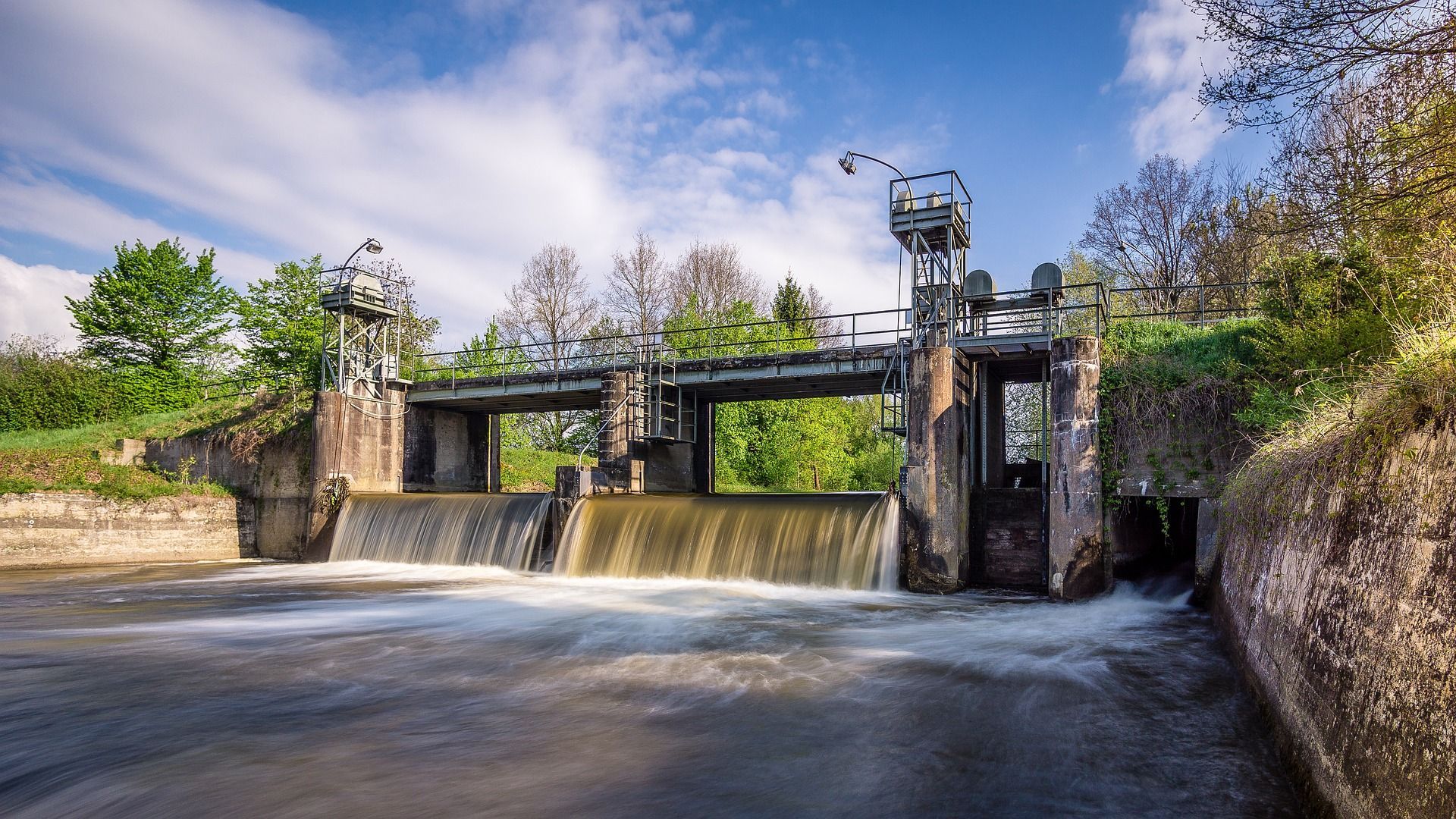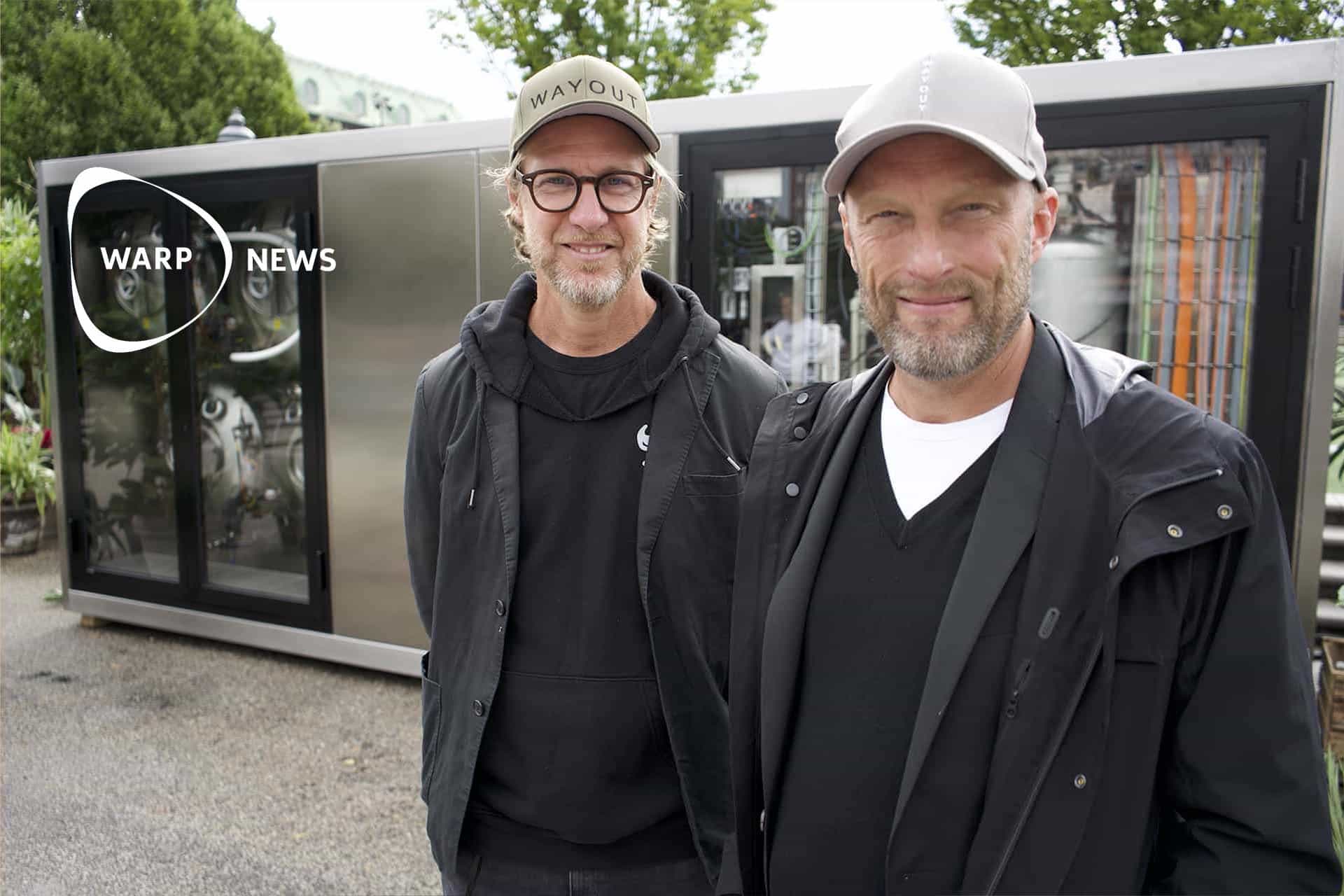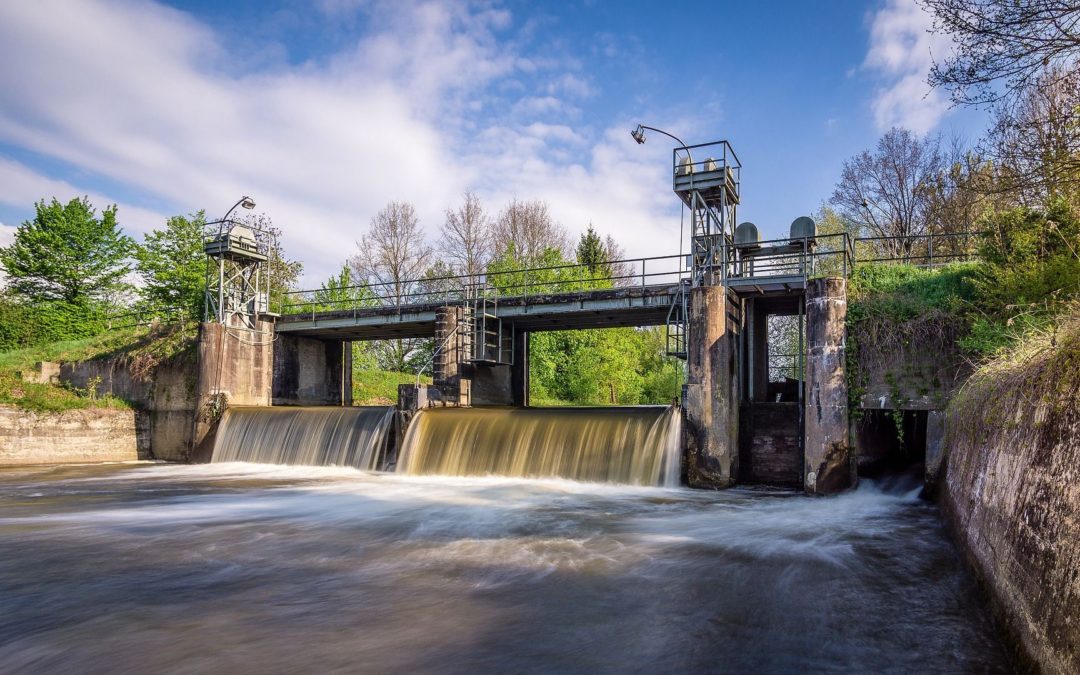
Hydropower is an important renewable energy source, but power plants can also deplete biodiversity.
"Flows and water levels change when we build hydropower plants and dams. It prevents fish from migrating and changes conditions and living conditions for organisms in the regulated watercourse", says Åsa Widén, freshwater ecologist at the Swedish University of Agricultural Sciences, SLU, in a press release.
To see if it is possible to combine hydropower and biodiversity, Åsa Widén led a study on it. A research team from SLU and Umeå University studied 28 different scenarios for the tightly regulated Ume River. Each scenario contained calculations for the effect that a regulation of water flow has on both environmental benefits and the production of electricity. The result was promising.
"We show that the hydropower plants in the Ume River can be adapted to the environment with relatively small losses of electricity or even without a production impact", says Åsa Widén.
An example of a measure that researchers believe can combine high power production with improved biodiversity is to introduce a ban on zero-tapping. That is, a certain amount of water must always flow through the power station. It would not lead to more than a loss of 2.1 percent of the annual electricity production and would be of great value to the environment.
"It is unique with studies like ours, where both the benefit and the impact on electricity production of environmental measures have been quantified for an entire catchment area. Our results are a very important tool for us to be able to preserve biological diversity in regulated watercourses", says Åsa Widén.







